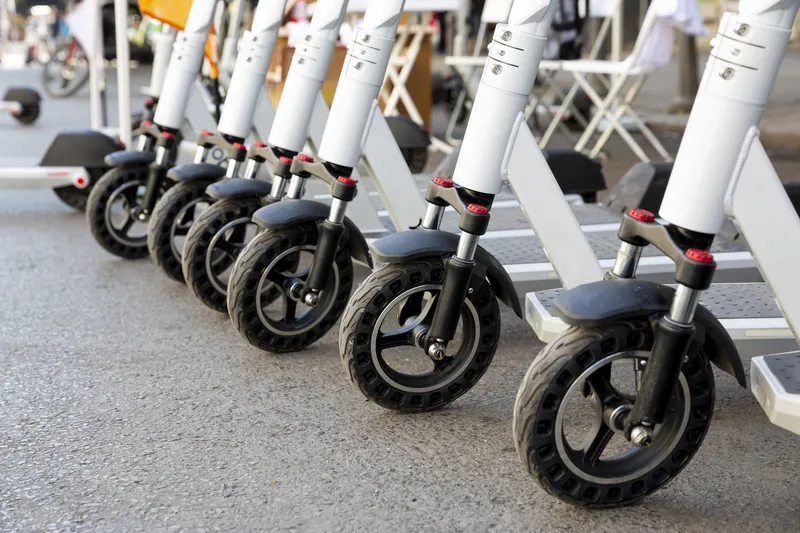Continuing with its recent Heliax 2.0 cable family launch, the CommScope's Andrew division has introduced new and upgraded cable accessories.
February 3, 2012
Read time: 1 min
Continuing with its recent Heliax 2.0 cable family launch, the 950 CommScope's Andrew division has introduced new and upgraded cable accessories.
Andrew's new SnapStak stackable snap-in hangers, Compact Weathershield weatherproofing kits, Universal SureGround grounding kits and galvanised grounding bars work with both Heliax 2.0 FXL aluminium and AVA copper coaxial cables. Andrew claims the accessories can help increase the utilisation of available tower and mounting space, reduce installation times and better protect network investments.
Andrew's new SnapStak stackable snap-in hangers, Compact Weathershield weatherproofing kits, Universal SureGround grounding kits and galvanised grounding bars work with both Heliax 2.0 FXL aluminium and AVA copper coaxial cables. Andrew claims the accessories can help increase the utilisation of available tower and mounting space, reduce installation times and better protect network investments.









